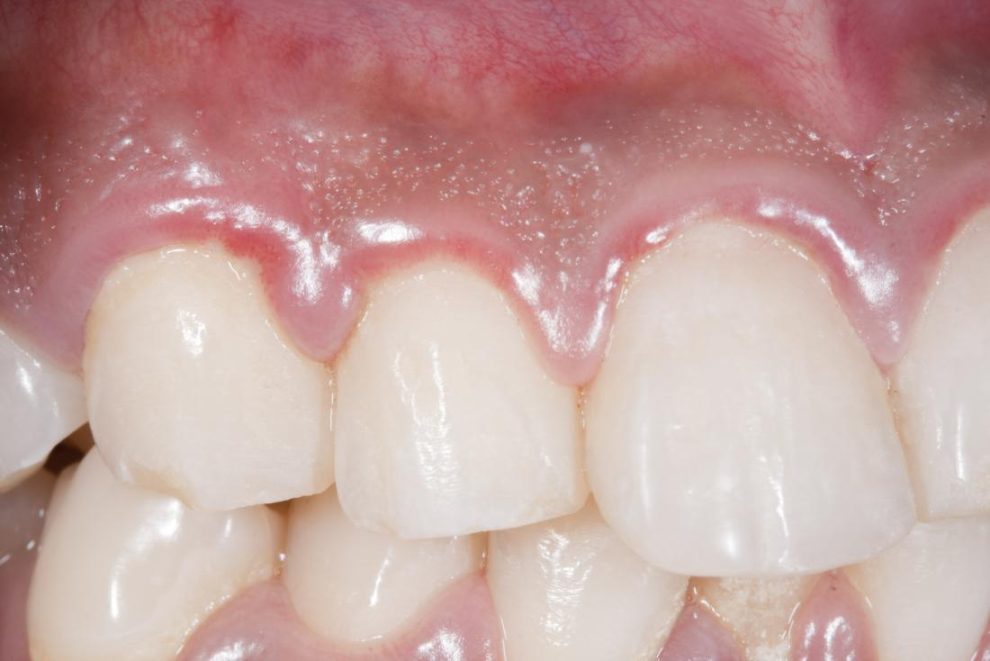A dental abscess, also known as dental apical abscess or periapical abscess, is an infection in the mouth that occurs when an infection inside the tooth spreads out of the root canal and into the jaw bone, causing a collection of pus called an abscess. Abscesses can occur on any type of tooth, but they most commonly occur on molars and wisdom teeth, which have more natural cavities and larger pulp chambers than other teeth types. To learn more about dental abscess symptoms and treatments, keep reading!
An Overview of Dental Abscess Symptoms
Any time you experience pain in your mouth, you should suspect that a dental abscess is involved. It’s important to be aware of dental abscess symptoms, since many cases of oral pain can be avoided if caught early. Dental abscesses can form anywhere in your mouth or on your face, but they’re often felt around one particular tooth or group of teeth. You might also experience fever and swollen lymph nodes near your infected area. The best way to determine if you have a dental abscess is to see a dentist immediately and rule out other possibilities, such as a gum infection or tooth decay.
The First Signs
A dental abscess can have a variety of different signs, including pain, swelling, tenderness and redness. Any time you experience these symptoms in your mouth, it’s best to be evaluated by a dentist as soon as possible. Most dental abscesses develop in an area of your mouth that is close to one of your teeth or where gums have receded from that tooth. When a cavity forms around one of these teeth and becomes infected, an abscess can begin to form there. A swollen lymph node under your jaw may also be a sign of an infection below your cheek bone or jaw bone that has spread into nearby tissue and caused inflammation.
When You Should See a Dentist
Most of us don’t like to visit our dentist. The cost is high, and we fear that they’ll tell us that we need root canals or teeth pulled. A dental abscess, however, is an infection that can often be avoided with good oral hygiene and routine visits to your dentist. As soon as you notice some of these common dental problems, contact your local dentist. Here are a few dental issues to keep an eye out for
How to Treat Abscesses at Home
Home treatment can be effective in getting rid of your dental abscess, but if you choose to treat it yourself, make sure you do it properly. Most importantly, do not attempt to use a drain (also called a fistula) at home. While they may seem convenient and inexpensive, these instruments are actually quite dangerous and should only be used under professional supervision. If an abscess appears in your mouth, leave it alone until you can get to your dentist. Once there, he or she will lance or drain it and administer antibiotics as needed. Most dental abscesses clear up with conservative treatment in about two weeks.
How To Prevent an Abscess from Happening Again
If you have had an abscess before, there are some things you can do to reduce your chances of another one happening. First, be proactive about your dental hygiene. Brush and floss regularly, and use a mouthwash like Listerine to kill any germs in your mouth. Second, get regular dental checkups so that your dentist can identify any small problems that may develop into an abscess before they start. You should also see a dentist immediately if you experience tooth pain or discomfort for more than one day as it could lead to an infection like a gum or bone infection; without proper treatment these infections can quickly turn into something more serious.












Add Comment